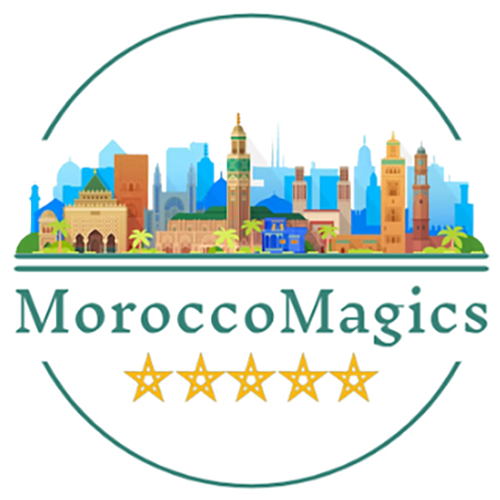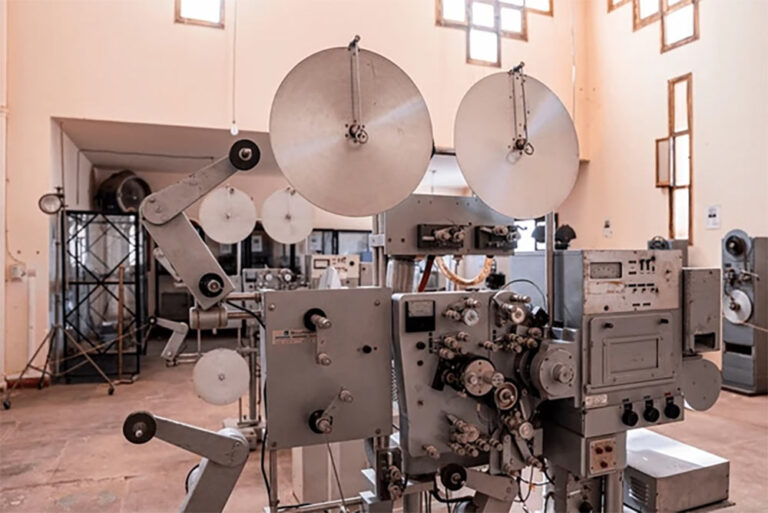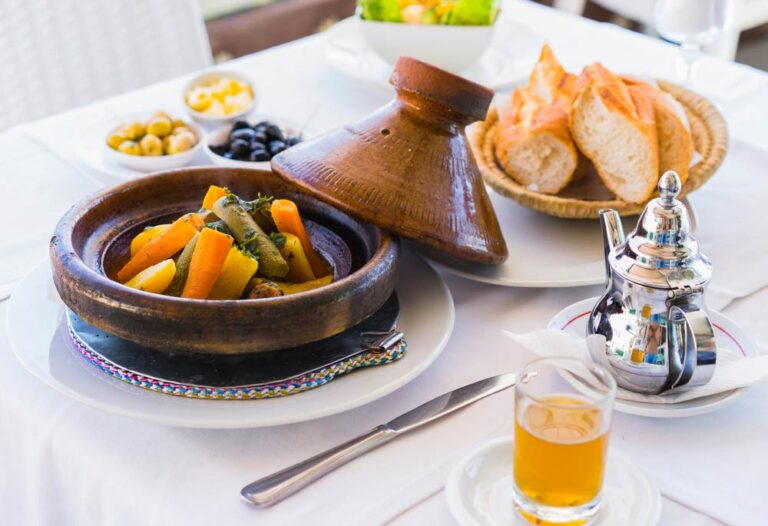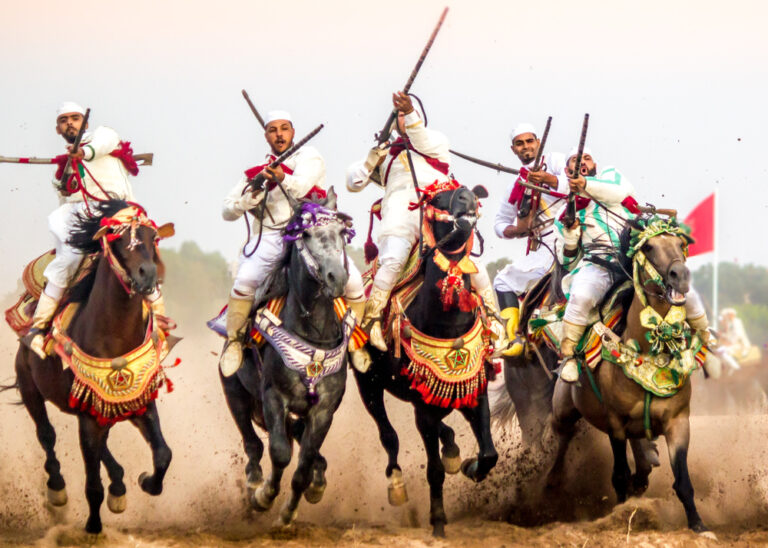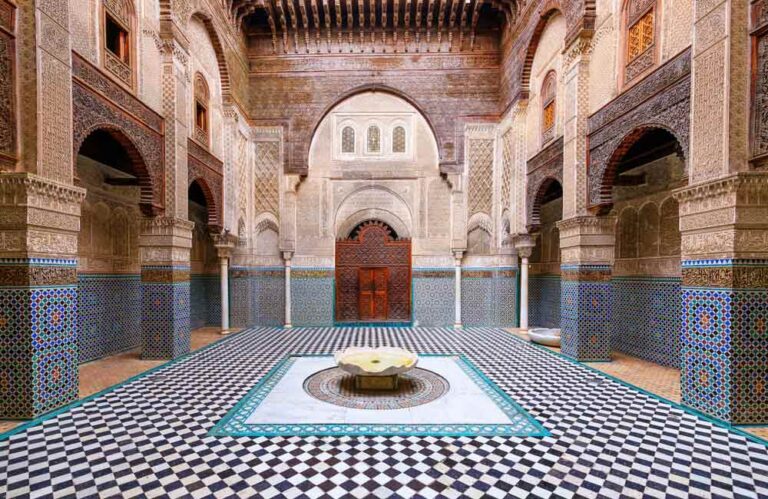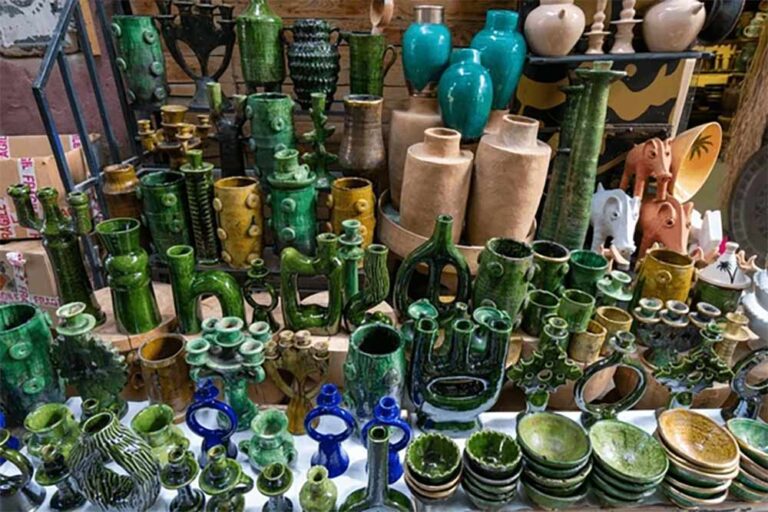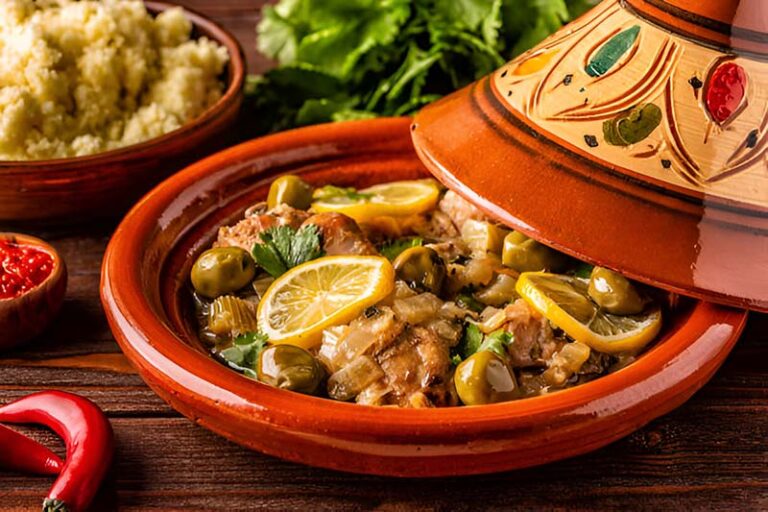An Artistic Journey Through Morocco Key Highlights and Hidden Gems
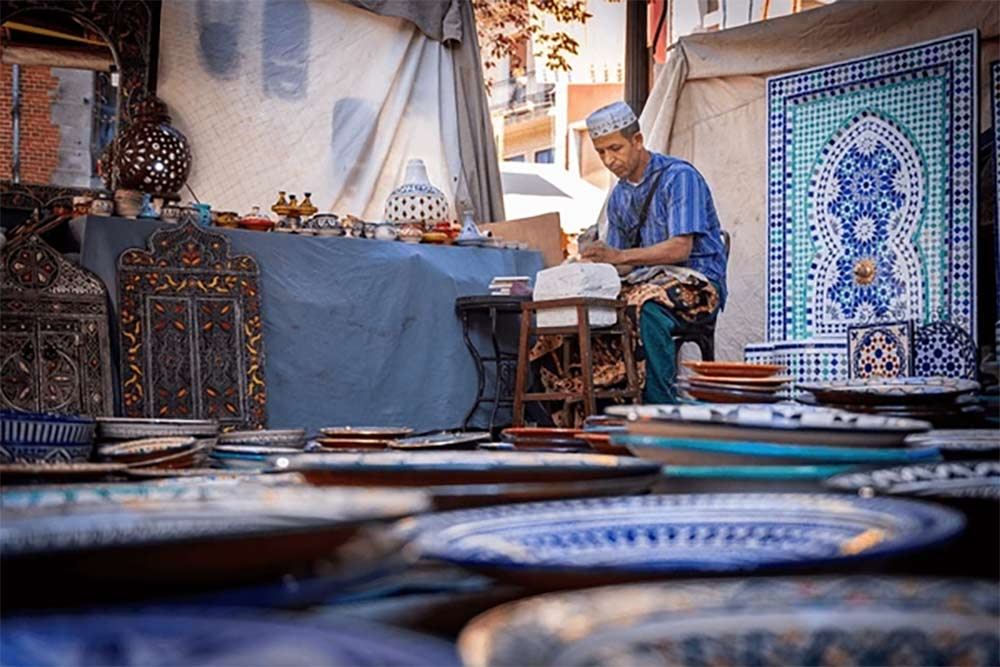
Moroccan art is a colorful and diverse tapestry of culture and history. From the intricate designs of its buildings to the vibrant strokes in its paintings, Moroccan art tells a story. Each piece, whether it’s a handcrafted piece of jewelry or a beautifully written calligraphy, showcases the rich heritage of Morocco.
In Morocco, art is everywhere. The architecture in cities like Marrakech and Fez is stunning, blending ancient traditions with modern influences. Walking through these cities feels like stepping into a living museum. Visual arts, including painting and sculpture, capture the essence of Moroccan life and landscapes.
Jewelry and calligraphy are also important parts of Moroccan culture. The jewelry, often made by skilled artisans, reflects centuries of tradition and craftsmanship. Calligraphy, an art form that turns writing into visual art, is both beautiful and meaningful.
Music and dance in Morocco are lively and captivating. They bring people together in celebration and tell stories of the past and present. Contemporary art is also flourishing, with new artists pushing boundaries and creating exciting work.
Exploring Moroccan art means immersing yourself in its many forms. There are so many places to see and experiences to have. From grand museums to small workshops, every corner of Morocco offers something unique.
Moroccan Architecture
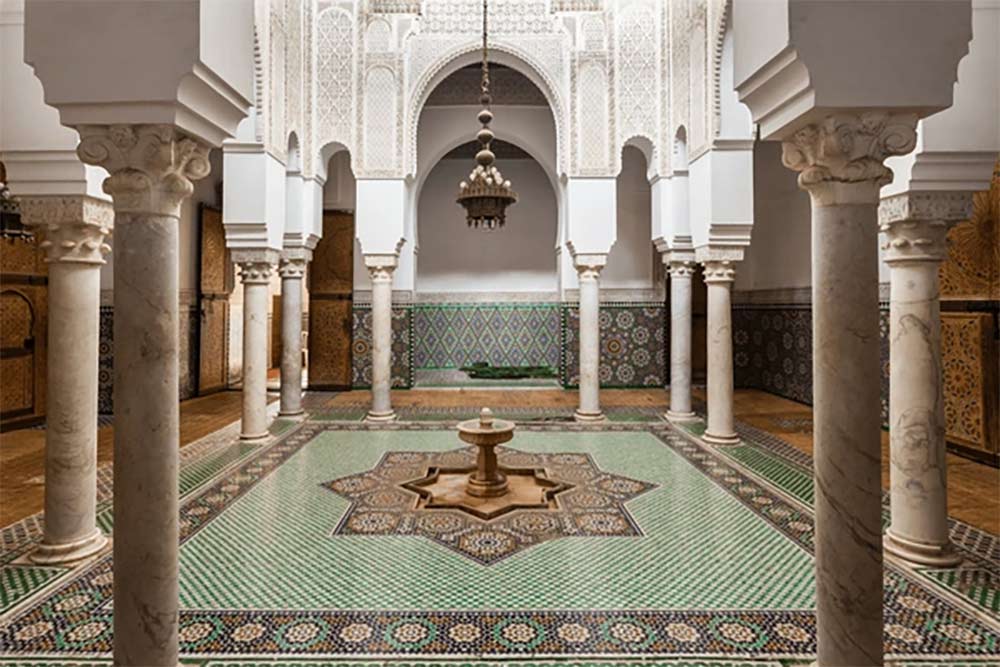
Moroccan architecture is a blend of many cultures and styles. The buildings are decorated with colorful tiles, known as “zellige,” and detailed carvings. Each city in Morocco has its unique architectural style. In Marrakech, you can see bright red walls and large, stunning palaces. In Fez, the old buildings are like a maze, full of narrow streets and hidden courtyards.
Traditional Moroccan architecture uses special designs called “zellige.” These colorful tiles are arranged in intricate patterns, creating beautiful mosaics. The doors and windows are often made of carved wood, showcasing detailed and artistic designs. Many buildings feature tall, arched doorways and courtyards with peaceful fountains, providing a cool and tranquil space in the hot climate.
The influences on Moroccan architecture come from many sources. The Berbers, who are the native people of Morocco, have a significant impact on the design. Their influence can be seen in the simplicity and functionality of the buildings. The Arabs brought Islamic architecture, introducing elements like the horseshoe arch and the use of geometric patterns. Additionally, the Moors, who ruled parts of Spain and Morocco, added elements like intricate tilework and elaborate plaster carvings.
Famous examples of Moroccan architecture include the Koutoubia Mosque in Marrakech, with its tall, elegant minaret, and the Al-Qarawiyyin Mosque in Fez, one of the oldest universities in the world. The Bahia Palace in Marrakech is another stunning example, with its beautiful gardens and richly decorated rooms.
Visual Arts in Morocco
Visual arts in Morocco are vibrant and full of life. Artists use a variety of materials and techniques to express their creativity. Traditional Moroccan art often features bold colors and intricate designs. These artworks can be found in homes, markets, and galleries throughout the country.
The evolution of Moroccan visual arts is fascinating. In the past, art was closely tied to religious and cultural practices. Artists created beautiful mosaics, textiles, and pottery that were used in everyday life and religious ceremonies. Today, Moroccan art has expanded to include modern and contemporary styles, reflecting the changing society.
Key artists in Moroccan visual arts have made significant contributions. For example, Hassan Hajjaj is known for his colorful and playful photographs that blend traditional Moroccan elements with pop culture. Mahi Binebine is another prominent artist, whose paintings often depict the struggles and triumphs of the Moroccan people. These artists, along with many others, have helped to put Moroccan art on the global map.
Art galleries and exhibitions in Morocco showcase the diverse talent of its artists. The Museum of Contemporary Art in Rabat and the Marrakech Biennale are two important venues where you can see the latest in Moroccan art. These spaces provide a platform for artists to share their work with a wider audience and to engage with art lovers from around the globe.
Moroccan Painting
Moroccan painting is a rich and varied art form. Traditional Moroccan painting often features geometric patterns and vibrant colors. These paintings are used to decorate homes and public spaces, adding beauty and character to the surroundings.
Traditional Moroccan painting techniques are deeply rooted in the country’s history and culture. Artists use natural pigments made from plants and minerals to create their colors. They apply these pigments to canvas, wood, and other surfaces using fine brushes and other tools. The result is a work of art that is both beautiful and durable.
Modern and contemporary Moroccan painting has evolved to include a wide range of styles and subjects. Some artists continue to use traditional techniques, while others experiment with new materials and methods. This diversity reflects the dynamic nature of Moroccan society and its openness to new ideas.
Notable painters in Morocco include Mohamed Melehi, who is known for his abstract works that feature bold, wave-like patterns. Farid Belkahia is another important figure, whose paintings often incorporate symbols and motifs from Moroccan culture. These artists, along with many others, have helped to shape the landscape of Moroccan painting and to bring it to the attention of the international art community.
Sculpture in Morocco
Moroccan sculpture is an art form that dates back centuries. Traditional sculptures often depict religious or cultural themes and are made from materials like wood, stone, and clay. These sculptures can be found in mosques, palaces, and public spaces throughout Morocco.
Historical sculptures in Morocco include intricate carvings and reliefs that decorate buildings and monuments. These works of art often tell stories from the Quran or depict scenes from Moroccan history. They showcase the skill and craftsmanship of Moroccan artists and provide a glimpse into the country’s past.
Modern sculptural art in Morocco is diverse and innovative. Contemporary sculptors use a wide range of materials, including metal, glass, and recycled objects. They create works that explore themes like identity, tradition, and change. This new wave of Moroccan sculpture reflects the country’s evolving artistic landscape and its engagement with global artistic trends.
Places to see Moroccan sculpture include the National Museum of Handicrafts in Rabat and the Jardin Majorelle in Marrakech. These venues showcase both traditional and contemporary works, providing visitors with a comprehensive view of Moroccan sculpture.
Moroccan Jewelry
Moroccan jewelry is renowned for its beauty and craftsmanship. Traditional Moroccan jewelry is often made from silver and is decorated with intricate designs and colorful gemstones. These pieces are not only beautiful but also carry cultural and symbolic meanings.
Traditional jewelry-making techniques in Morocco have been passed down through generations. Artisans use tools like hammers, anvils, and chisels to shape the metal and create detailed patterns. They then set the pieces with stones like amber, coral, and turquoise. The result is a piece of jewelry that is both stunning and unique.
The cultural significance of Moroccan jewelry is profound. Many pieces are worn during special occasions like weddings and religious festivals. They often symbolize wealth, status, and family heritage. For example, the traditional Berber bracelets, known as “tizerzai,” are worn by women to signify their marital status.
Markets and workshops in Morocco are great places to see and buy traditional jewelry. The souks of Marrakech and Fez are filled with stalls selling beautifully crafted pieces. Visitors can also visit jewelry workshops to see artisans at work and learn more about the craft.
Moroccan Calligraphy
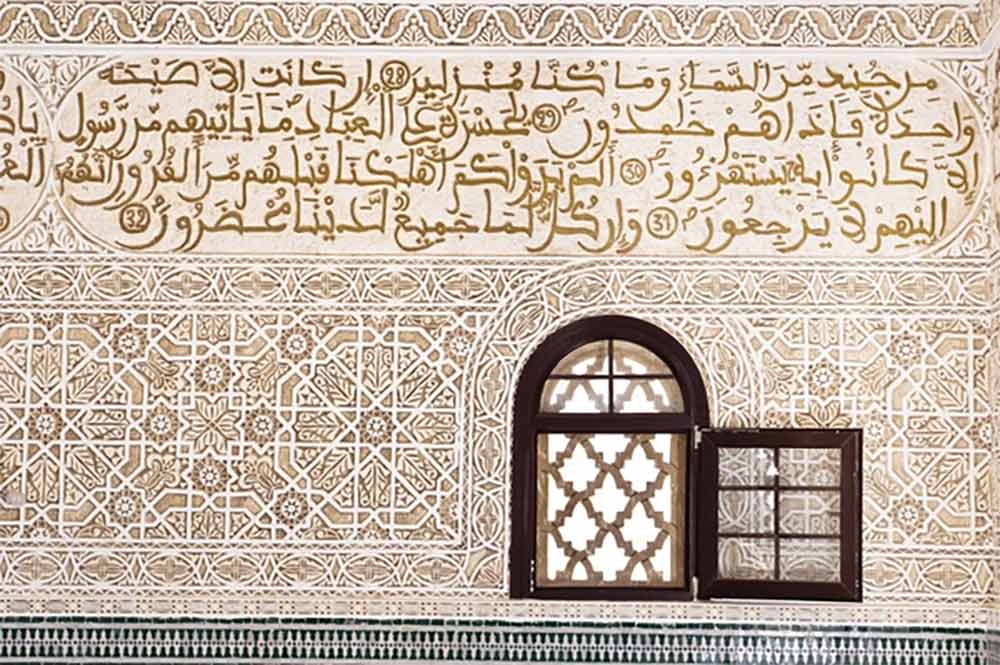
Moroccan calligraphy is an art form that transforms words into beautiful designs. This form of writing is not only about communication but also about creating visually pleasing art. Calligraphy is often used to decorate buildings, pottery, and textiles in Morocco.
The historical development of Moroccan calligraphy is deeply tied to Islamic culture. Arabic calligraphy, the most common form, often features verses from the Quran. These writings are created using special pens called “qalam” and ink made from natural ingredients. The calligrapher must have a steady hand and a keen eye for detail to create flowing, intricate designs.
Modern calligraphy artists in Morocco continue this tradition while also introducing new styles and techniques. They use a variety of materials, including paper, canvas, and even metal, to create their works. These artists often blend traditional elements with contemporary designs, resulting in pieces that are both timeless and modern.
Exhibitions and workshops are great places to experience Moroccan calligraphy. The Moroccan Calligraphy Museum in Fez and various art galleries in Marrakech host exhibitions showcasing the work of talented calligraphers. Workshops offer opportunities to learn about the techniques and tools used in this art form and even try your hand at creating your calligraphy.
Music and Dance in Morocco
Music and dance are vital parts of Moroccan culture. They bring people together to celebrate and share stories. Moroccan music is diverse, featuring various styles and instruments. Each region of Morocco has its unique musical traditions.
Traditional Moroccan music uses instruments like the oud (a type of lute), the qanun (a string instrument), and drums called “darbouka.” These instruments create rhythmic and melodic tunes that are often accompanied by singing. The songs usually tell stories about love, life, and history.
Popular dance forms in Morocco include the “Gnaoua” dance, which is performed during spiritual ceremonies, and the “Chaabi” dance, commonly seen at weddings and festivals. These dances are energetic and expressive, reflecting the joy and vitality of Moroccan culture.
Festivals and live performances are the best ways to experience Moroccan music and dance. The Fes Festival of World Sacred Music and the Gnaoua World Music Festival in Essaouira are two major events that attract artists and audiences from around the world. These festivals celebrate the rich musical heritage of Morocco and provide a platform for both traditional and contemporary performances.
Contemporary Art in Morocco
Contemporary art in Morocco is vibrant and constantly evolving. New artists are pushing boundaries and creating exciting work that reflects the modern world. This art form includes painting, sculpture, installations, and multimedia projects.
Emerging trends in Moroccan contemporary art often blend traditional elements with modern themes. Artists explore issues like identity, globalization, and social change. They use a variety of materials and techniques to create works that are both visually striking and thought-provoking.
Key contemporary artists in Morocco include Mounir Fatmi, who uses video and installation to explore cultural and political themes, and Lalla Essaydi, whose photography challenges traditional representations of women in Moroccan society. These artists, among others, are gaining international recognition for their innovative and impactful work.
Contemporary art galleries and events in Morocco are thriving. The Museum of Contemporary Art in Rabat and the Marrakech Biennale are two important venues where you can see the latest in Moroccan contemporary art. These spaces provide a platform for artists to showcase their work and for audiences to engage with new and exciting art forms.
Places to Explore Moroccan Art
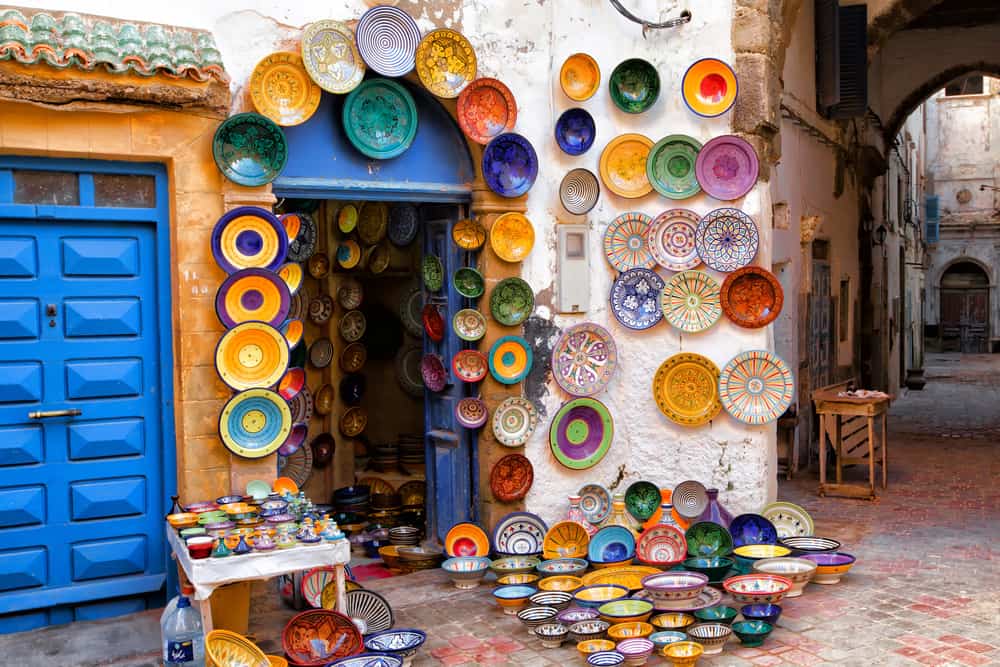
Morocco is a treasure trove of art and culture, with many places to explore and experience its artistic heritage. Each city offers unique opportunities to see and appreciate Moroccan art.
Major cities like Marrakech, Fez, and Rabat are well-known for their rich art scenes. In Marrakech, the Jardin Majorelle and the Museum of Marrakech are must-visit spots. Fez is home to the Al-Qarawiyyin Library and several art galleries that showcase traditional and contemporary works. Rabat, the capital city, has the Museum of Contemporary Art and various cultural centers.
Lesser-known art destinations in Morocco also offer incredible experiences. The town of Chefchaouen, with its blue-washed buildings, is a haven for photographers and artists. Essaouira, a coastal city, is famous for its Gnaoua music and vibrant art scene. These places provide a more intimate and authentic glimpse into Moroccan art and culture.
Conclusion
Discovering Moroccan art is a journey into a world of color, history, and creativity. From the stunning architecture to the vibrant visual arts, each form of art in Morocco tells a unique story. By exploring the various art forms and visiting the places where they thrive, you can gain a deeper appreciation of Morocco’s rich cultural heritage. So, start your adventure and immerse yourself in the beautiful and diverse world of Moroccan art.
